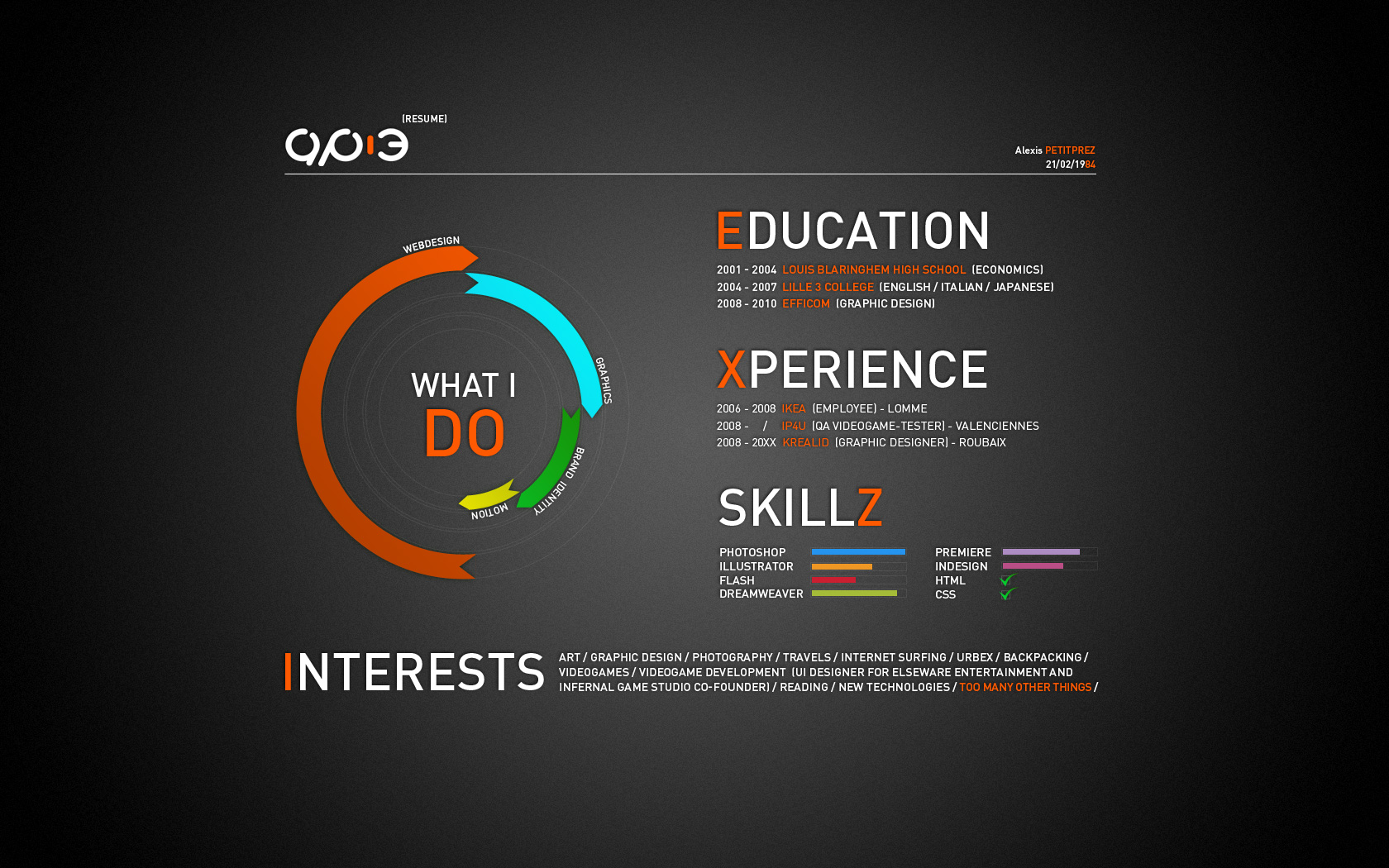An impressive CV is what takes you to the door of the hiring firm. It is reported that employers receive an average of 60 applicants for every advertisement for a low-skilled job, and 20 for every skilled job. That’s quite some competition.
Importantly, almost half of these candidates are perfectly suitable for the role, a research by the Chartered Institute of Personnel and Development (CIPD) reported. However, only few are chosen and contacted. So what separates the chosen ones from the rest? A good CV. That’s all.
Until the recruitment manager meets you in person, his judgment is largely based on your CV. That makes the CV more important if you want to stand out from the pool of applicants. So what makes a good CV?
Experts say there are some rules to follow to get a good CV: accuracy, spelling, grammar and brevity.
Here are some key guidelines
- CV must be neat and typed, if sending hard copy, along with a job application. Envelope containing CV must also be neat.
- If sending digital copies, CVs should be in a simple format and font so readability is not affected on different screens.
- If sending digital copies, ensure mandatory requirements in the job advert are included in a CV, to make it easy for automated search for keywords.
- Tailor a CV to a specific job – it is vital to ensure the script is relevant to each job application, rather than sending the same generic CV to every employer.
- Keep it simple – it should be easy to read and use active language. Two pages of A4 is enough for a junior level staff. Include a mini profile on the first half page
- Include key information – personal details, including name, address, phone number, email address and professional networks. Professional social media networks should be clearly distinguished from others. A date of birth is no longer mandatory, owing to age discrimination rules. A photo is only essential for jobs such as acting and modelling, otherwise it is a matter of choice.
- Showcase achievements – offer evidence of ideas created and how targets achieved or exceeded. Be honest always and do not exaggerate your achievements.
- Check and double check – avoid sloppy errors, take a fresh look at your CV and ask for a second opinion from a trusted friend or colleague
- Be positive.
- Identify your relevant accomplishments. They should be quantitatively stated where appropriate. Describe how they benefited the employer.
- Have friends who know your professional accomplishments comment on your resume and suggest items you may have forgotten or perhaps dismissed as unimportant.
- Be specific. Choose words carefully; make every word count and eliminate unnecessary words.
- Use concise sentences. Use bullet entries to make CV look clean and easy-to-read.
As a guide, here is a recommended format for your CV by the Department of Labour for New York State.
[prp prp_theme=”inside post with image”]Heading:
Your name, address, phone number and e-mail should be prominently displayed at the top of the page.
Summary or Objective:
If you use a summary, highlight your experience and accomplishments in two or three sentences. Clearly communicate the type of job you want and what you can offer to an employer. If you prefer to state an objective, make it broad enough to embrace closely related jobs, but not so broad that you appear lacking in focus or willing to take anything. This should be done in one sentence.
Whether you choose a summary or an objective, indicate level, function and industry for the position you are seeking. Be concise but general. Use your cover letter to make your summary or objective specific to a particular employer.
A mini-profile can be used in place of a summary or objective. The profile is basically a combination of the two and paints a clear and summarized professional image of yourself to your prospective employer.
Experience:
Indicate your major responsibilities. Emphasize accomplishments and measurable benefits to your former employer: situations improved, savings/earnings, new concepts adopted by firm. Achievements should be consistent with career direction, with a concentration on recent successes.
Skills:
List special skills such as specific computer programming, word processing or an ability to operate special equipment.
Education:
Start with the most advanced degree and give name and location of the institution, major and minor fields, and all career-oriented scholarships and academic awards. Include career related extracurricular activities, workshops and seminars.
Licenses, Certifications, Publications:
Include only those that are career-related, without elaboration.
Additional Personal Data:
Include only if career-related, such as memberships in associations.
Take note of the following.
- Don’t devote space to items not directly related to the job you are seeking, such as hobbies, personal data such as height, weight, sexual orientation and marital status or descriptions of former career jobs that are unrelated to the one you are applying for.
- Don’t use more than a few lines to describe your accomplishments. Keep it short. A one- or two-page resume is best. However, if you have a long work history, your resume might be longer.
- Don’t explain employment gaps.
- Don’t include references. However, a separate list of references should be available for distribution to employers on request, especially at the interview. Individuals and firms listed as a reference should be informed that a contact may be made on your behalf. On your resume, your last section might read “REFERENCES: Available upon request.”
- Don’t include salary requirements.
